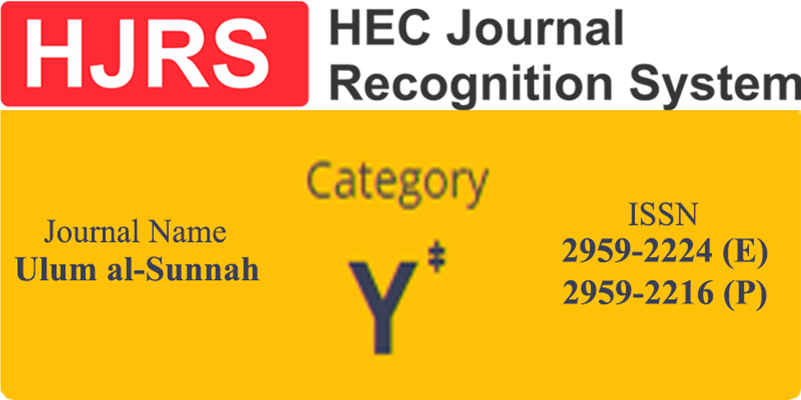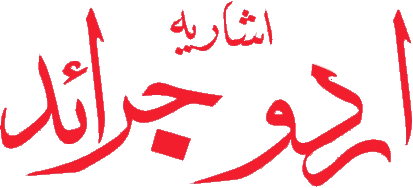تخریج حدیث: تعارف، آغاز و ارتقاء اور قدیم و جدید مناہج کا تحقیقی جائزہ
Takhrīj-e-Ḥadīth: Introduction, Evolution and Ancient as well as Modern Tendencies – A Research Analyses
DOI:
https://doi.org/10.5281/zenodo.11274720Keywords:
Takhrej Ḥadīth, Ancient Manahij of Takhrej, Modern Manahij of TakhrijAbstract
Takhrīj-e-Ḥadīth is the name of art which clarifies the source of the Shariah and determines the right direction of a matter by which religious sources has proved. The prior need and significance of Takhrīj-e-Ḥadīth cannot be denied in any field of Islam in modern era, but in temptation times the need and significance of Takhrīj-e-Ḥadīth has increased. This art formally started with Imam Ibn Abd al-Barr and developed gradually with input of several Muslim scholars. Its need remained severe in both ancient and modern times. Takhrīj-e-Ḥadīth has become so easy that now the actual sources of Ḥadīth can be identified within no time. Its major significance admitted when it rejected and prevented the propagation of false or fake Ḥadīth. Takhrīj-e-Ḥadīth is a continuous process, although it was a very difficult process at its biggening, hence several encyclopedias were written for the purpose, but still it was task of hardworking researchers and scholars to find-out all the chains and narrations. In modern times, there are many CDs, software, websites, and many books through which we can easily reach to the original sources of any Ḥadīth. This research paper highlights the significance of this knowledge in Islam, its delopmental phases, discusses ease of current era, that will really help the researchers and scholars of Islamic Studies to know routes and modern methods to trace the chains and sources of any Ḥadīth, that helps in differentiating the fabrication and correct one of Ahādīth.
Downloads
Published
How to Cite
Issue
Section
License
Copyright (c) 2023 Shahla Tabassum

This work is licensed under a Creative Commons Attribution-NonCommercial 4.0 International License.
This is an open-access journal which means that all content is freely available without charge to the user or his/her institution. Users are allowed to read, download, copy, distribute, print, search, or link to the full texts of the articles, or use them for any other lawful purpose, without asking prior permission from the publisher or the author. All articles are available on the internet to all users immediately upon publication. Non-commercial use and distribution in any medium are permitted, provided the author and the journal are properly credited.











 Research Journal Indexed by Google Scholar
Research Journal Indexed by Google Scholar